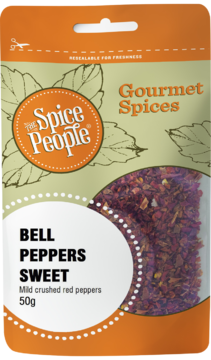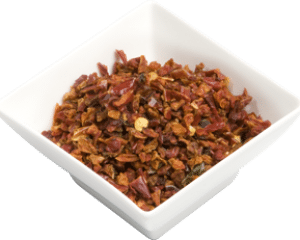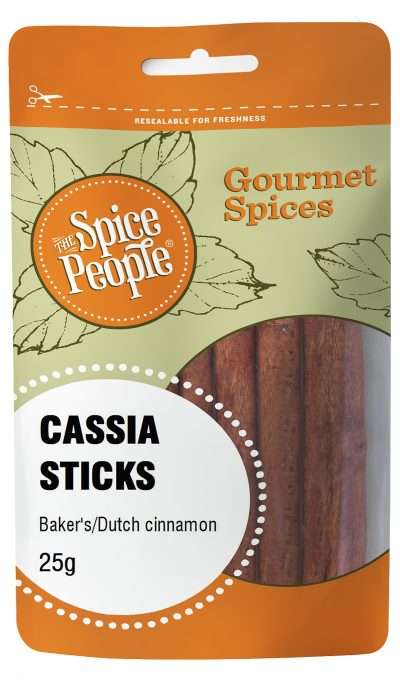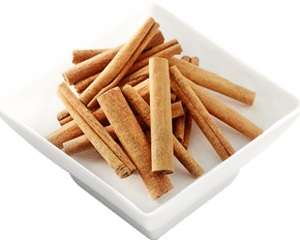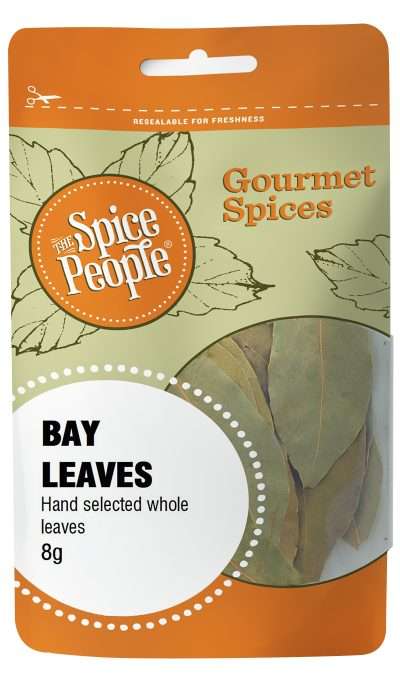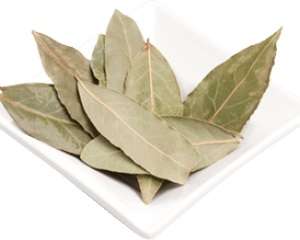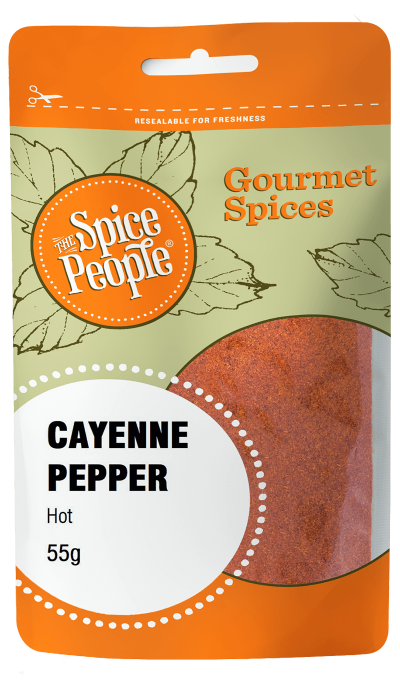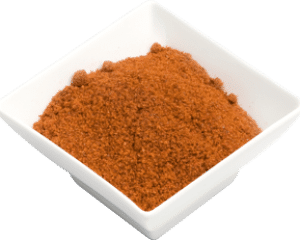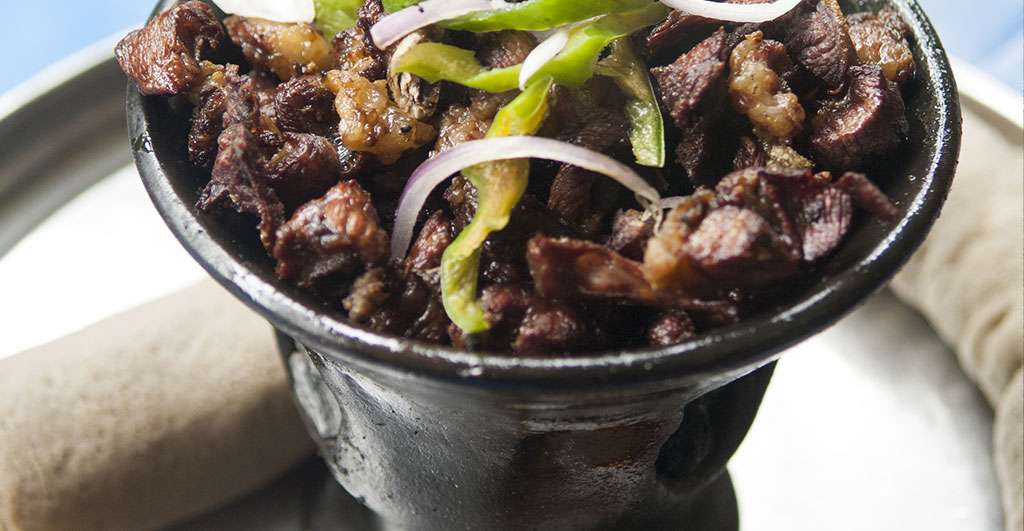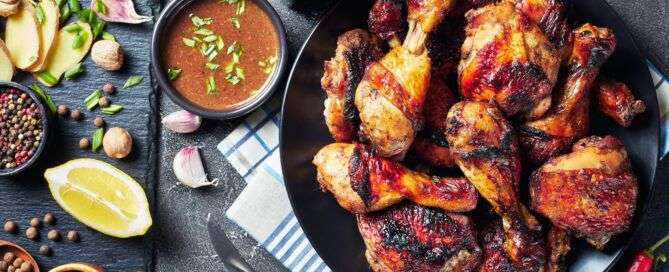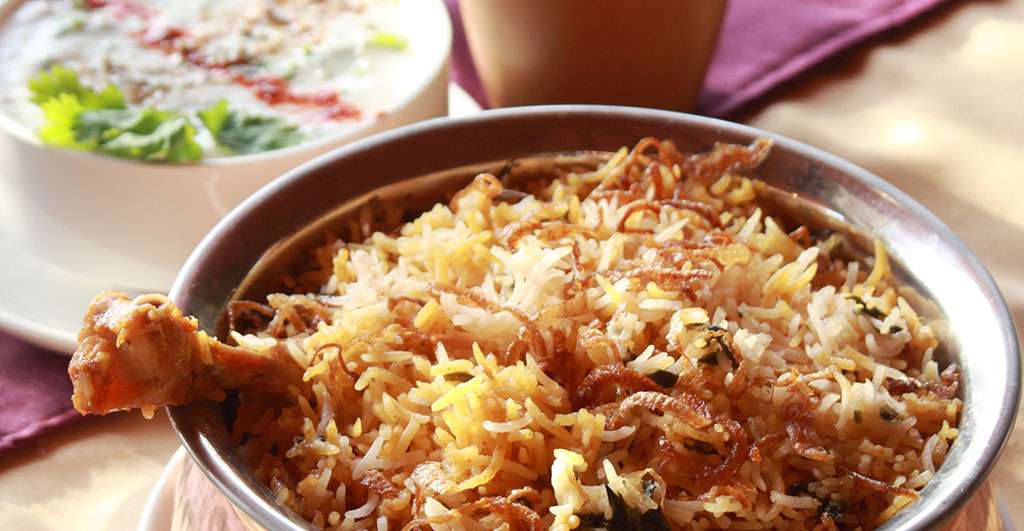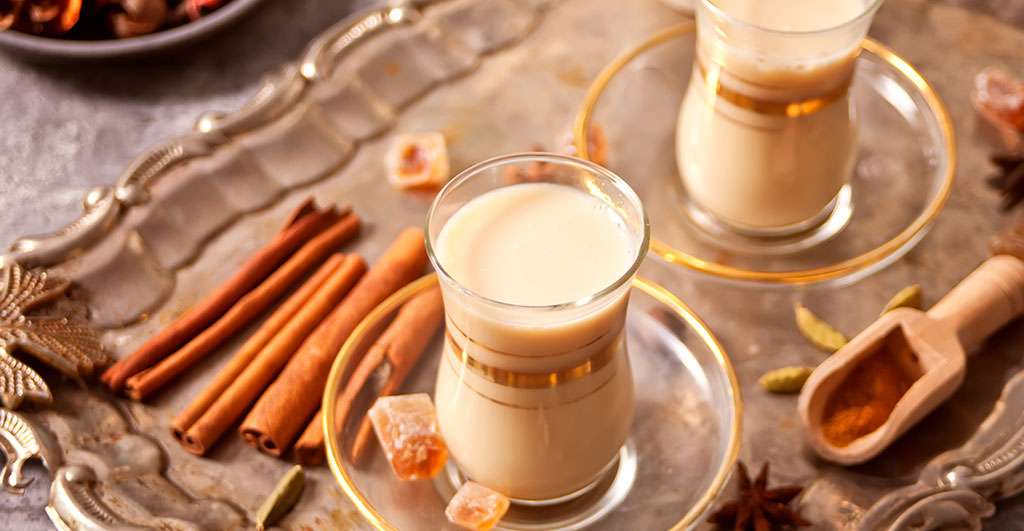Sesame Seeds Black whole – 60g
822 in stock
Product description
Sesame seeds Black are tiny, flat oval seeds from the sesame plant whose pods pop open when it reaches maturity scattering the seeds, hence the term “Open Sesame”. These are the unhulled form of white sesame seeds & have a more crunchy texture. When chewed they have a similar nutty flavour with a hint of extra sharpness. Used more in savoury dishes like stir-fry vegetables & Japanese seasonings. Due to its deep, rich aroma and oil-rich, nutty flavour, they are preferred over white sesame in East Asian cuisines, especially in Japanese and Chinese cooking. We also stock Sesame Seeds White.
Flavour Notes:
Black sesame seeds have a toasted sweet, nutty flavour that’s richer than their white counterpart. They can be used in both sweet and savoury dishes to add a distinct nutty flavour.
Culinary Notes:
Sesame seeds due to its deep, rich aroma and flavour can be used in several plates, salads and dressings. Toast them to obtain a stronger flavour.
Health Benefits:
Sesame seeds black are rich in calcium, protein, and B-Vitamins, niacin and folate. They contain 60% more calcium and higher levels of antioxidant than sesame seeds white. They contain magnesium, copper, high in fibre, zinc, iron and phosphorus. The copper helps to have healthy skin, nails and immune system.
Ingredients:
100% dried Whole Black Sesame Seeds
How to use

The Spice People FAQs


The Spice People FAQs

Other Spices you may like
Featured in



Join the Spice People to Get Started on Your Culinary Spice Journey!
Be the first to hear about our exclusive promotions, new product releases, recipes and more.






